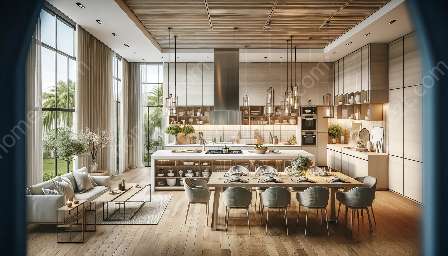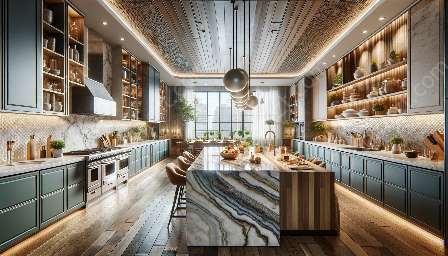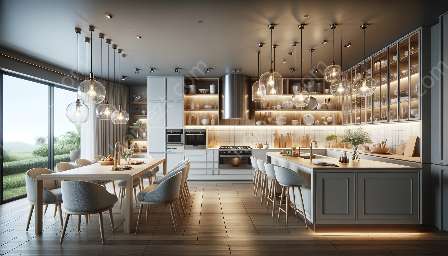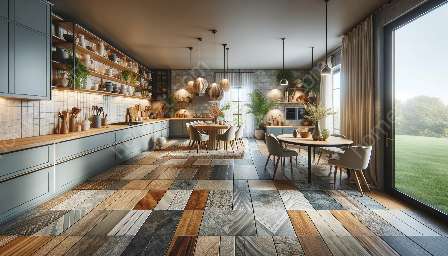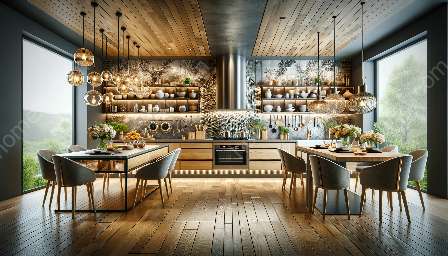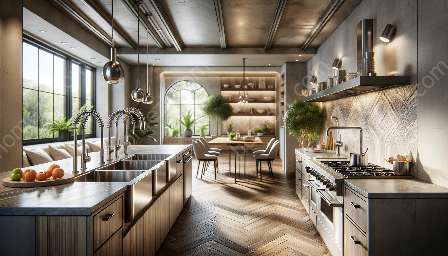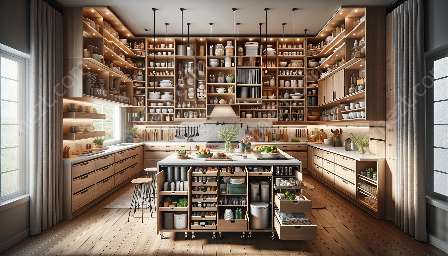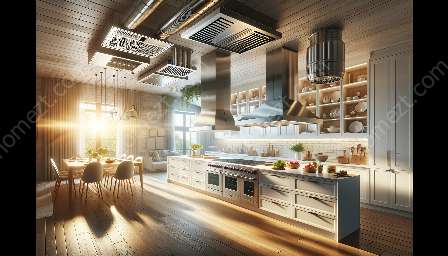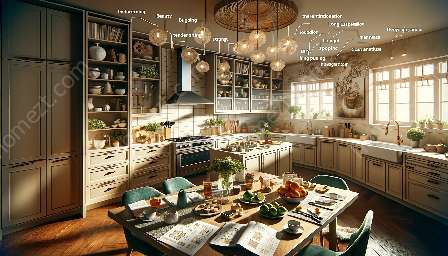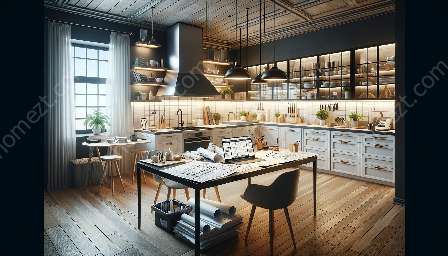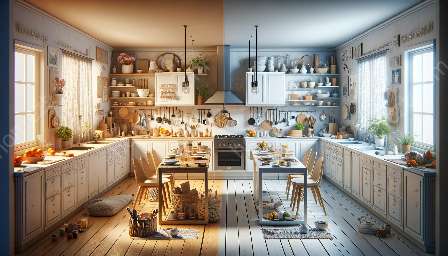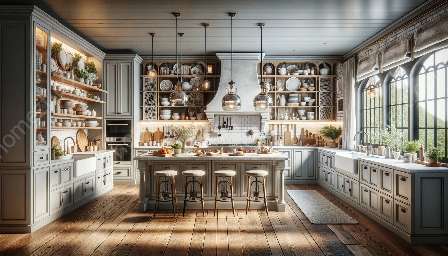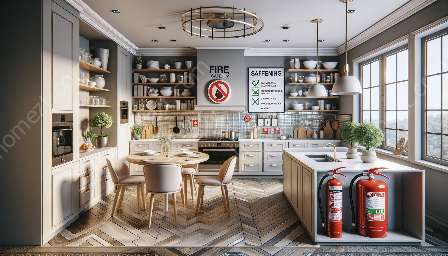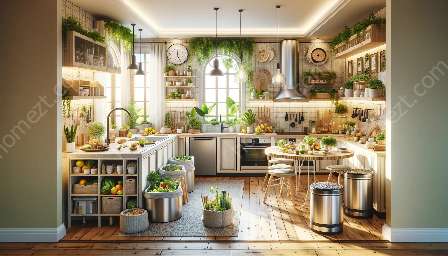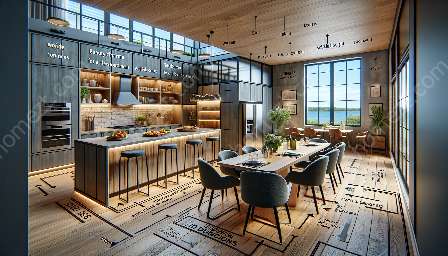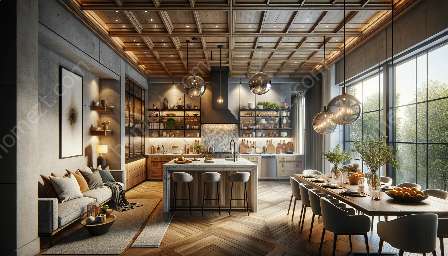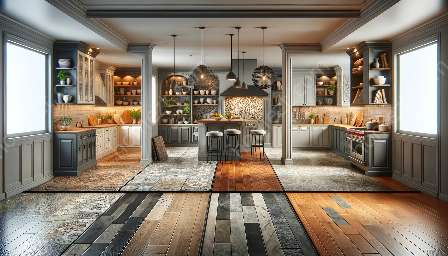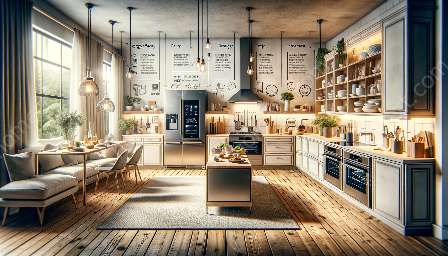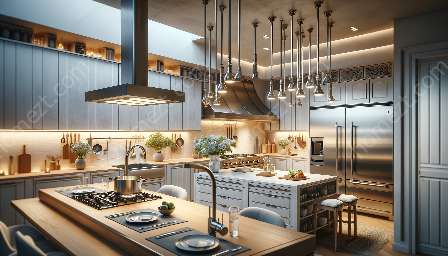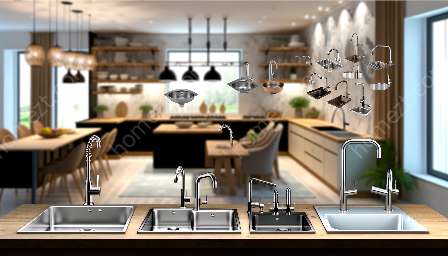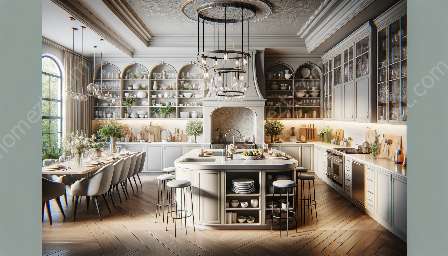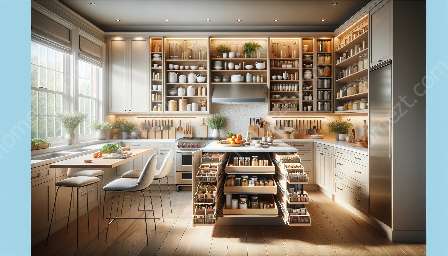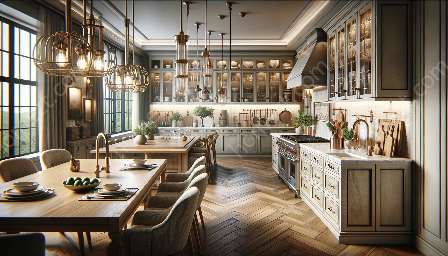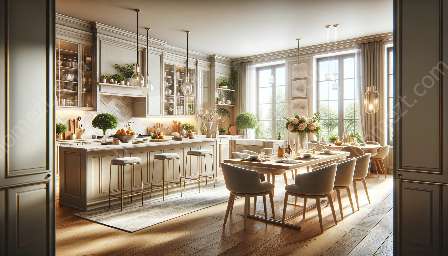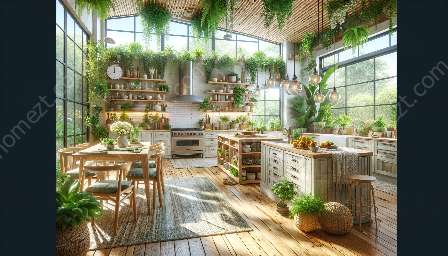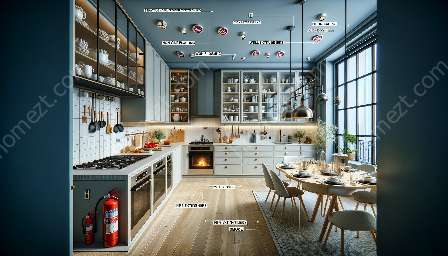When it comes to kitchen remodeling, choosing the right flooring is crucial. The flooring in a kitchen can set the tone for the entire space and needs to be both functional and visually appealing. In this guide, we'll explore various flooring options that are compatible with kitchen remodeling and well-suited for kitchen and dining areas.
1. Hardwood Flooring
Hardwood flooring is a timeless and elegant option for kitchen remodeling. It adds warmth and natural beauty to the space, making it perfect for both traditional and modern kitchen designs. With proper maintenance, hardwood floors can last for decades, making them a great long-term investment.
When choosing hardwood for the kitchen, it's essential to select a durable and moisture-resistant wood species such as oak, maple, or hickory. Additionally, applying a protective finish can help prevent water damage and stains.
Pros of Hardwood Flooring:
- Durable and long-lasting
- Timeless appeal
- Easy to clean and maintain
Cons of Hardwood Flooring:
- Susceptible to water damage if not properly maintained
- Prone to scratches and dents
2. Tile Flooring
Tile flooring is a popular choice for kitchens due to its durability and versatility. It comes in a wide range of colors, patterns, and textures, allowing homeowners to find the perfect fit for their kitchen remodeling project. Additionally, glazed ceramic or porcelain tiles are moisture-resistant, making them ideal for high-traffic and spill-prone areas like the kitchen.
Grout lines between tiles can be sealed to prevent staining and make maintenance easier. Tile flooring also offers excellent heat resistance, which is beneficial in a cooking environment. It's important to note that natural stone tiles, such as marble or travertine, may require more maintenance and sealing to protect against stains and etching.
Pros of Tile Flooring:
- Extremely durable and resistant to moisture
- Wide variety of styles and designs
- Heat-resistant
Cons of Tile Flooring:
- Cold and hard underfoot
- Grout lines may require regular cleaning and maintenance
3. Laminate Flooring
Laminate flooring is an affordable and low-maintenance option for kitchen remodeling. It is constructed with a layered synthetic material that replicates the look of wood, stone, or tile. Modern laminate flooring designs offer realistic textures and patterns, making it a cost-effective alternative to natural materials.
The durability and resistance to moisture make laminate flooring suitable for kitchen and dining areas. It also provides a softer feel underfoot compared to tile or hardwood. However, it's crucial to avoid excessive water exposure, as prolonged moisture can cause the planks to warp.
Pros of Laminate Flooring:
- Budget-friendly
- Easy to install and maintain
- Resistant to scratches and stains
Cons of Laminate Flooring:
- Not as visually authentic as natural materials
- Not ideal for areas prone to excessive moisture
4. Vinyl Flooring
Vinyl flooring has evolved over the years, offering a wide range of styles, including luxury vinyl planks (LVP) and luxury vinyl tiles (LVT). These options provide the look of natural materials with enhanced durability and water resistance. With advanced printing technology, vinyl flooring can mimic the appearance of hardwood, stone, or ceramic tiles.
Its resilience and comfort underfoot make it a practical choice for kitchen and dining areas. Additionally, vinyl flooring is easy to clean and maintain, making it a popular option for busy households.
Pros of Vinyl Flooring:
- Waterproof and resilient
- Comfortable underfoot
- Wide variety of designs and patterns
Cons of Vinyl Flooring:
- Not as environmentally friendly as natural materials
- May show wear over time, especially in high-traffic areas
When embarking on a kitchen remodeling project, it's essential to consider the specific needs of your space, such as durability, maintenance, and aesthetic appeal. Each flooring option has its advantages and drawbacks, so weighing these factors against your preferences and lifestyle can help you make an informed decision. Whether you opt for the timeless charm of hardwood, the durability of tile, the affordability of laminate, or the versatility of vinyl, the right flooring can significantly enhance your kitchen and dining area.

